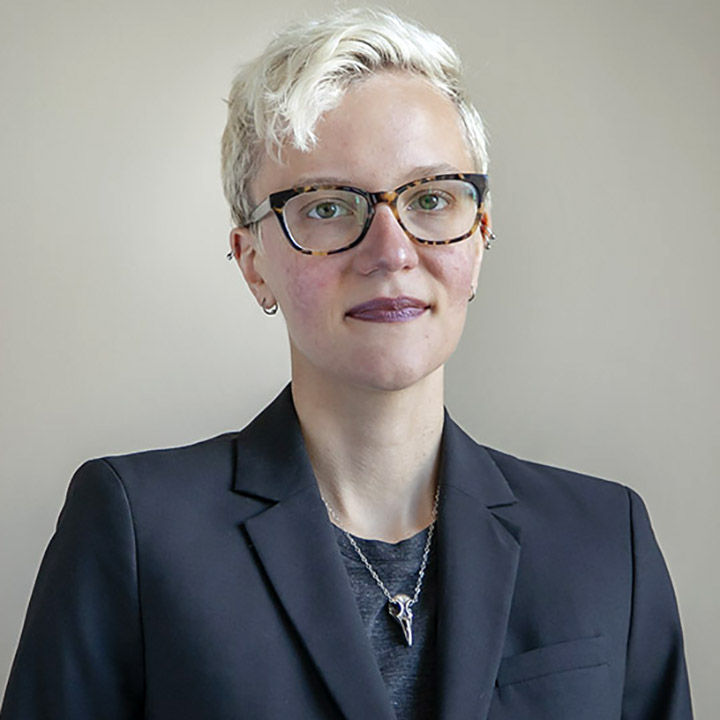Chicago Smog
November 18, 2021
Holding Illinois to high (ozone) standards
States can't just disregard air data they don't like, especially in an era of climate change when wildfires are hardly "exceptional" anymore
The Environmental Protection Agency (EPA) recently rejected a request by the state of Illinois to ignore high ozone readings in Northbrook, IL. The state tried to designate two days in summer 2020 as “exceptional events” influenced by wildfires in Arizona, in order to exclude the data from regulatory calculations. ELPC and our colleagues spoke out against this move, sending detailed comments to the Illinois EPA in January 2021, and we have now succeeded. U.S. EPA’s decision means that the determination of whether Illinois is meeting the National Ambient Air Quality Standards (NAAQS) for ozone will be based on actual conditions. Given the dangers of ozone pollution, or smog, upholding strong standards is key to improving public health and saving lives across the state.
How does the EPA track air quality?
EPA uses its network of air quality monitors to determine whether an area is meeting the NAAQS for regulated pollutants like ozone. Even a few days per year with high ozone levels can make the difference between a good designation of “attainment” or an insufficient designation of “nonattainment,” which comes with increased regulatory standards to improve air quality. In order to determine attainment with the ozone standard, for each monitor, EPA looks at the fourth-highest ozone day for each year, then averages the readings from three consecutive years. It then compares that number against the standard. But high ozone readings on some days may be ignored entirely for regulatory purposes if they are deemed “exceptional events.”
The Clean Air Act authorizes EPA to issue regulations detailing a process by which air quality monitoring data can be excluded from the attainment determination if it is influenced by “exceptional events.” The statute states that the regulations must require that “a clear causal relationship must exist between the measured exceedances of a national ambient air quality standard and the exceptional event to demonstrate that the exceptional event caused a specific air pollution concentration at a particular air quality monitoring location.” EPA has issued regulations on exceptional events generally and has also issued a guidance document specifically detailing the process for demonstrating that a wildfire exceptional event influenced ozone concentrations.
When Illinois tries to fudge the numbers, EPA says no
In January 2021, ELPC and partner organizations commented on the state of Illinois’s draft ozone exceptional event demonstration document, raising concerns that the state had not shown that ozone concentrations at the Northbrook monitor wouldn’t have exceeded the NAAQS but for the influence of distant wildfires. EPA denied Illinois’s request, stating that the data showed that wildfire smoke from Arizona did not reach Northbrook on those days and that the local weather and pollution conditions were favorable to ozone formation.

In denying Illinois’s request, EPA correctly held the state to a high evidentiary standard. If high ozone readings that harm human health are going to be ignored for regulatory purposes, states should be required to submit strong evidence showing that the claimed “exceptional event,” not local pollution conditions, was responsible for the high reading. EPA examined the different categories of data Illinois submitted, including wind trajectory models, and concluded that “emissions from the wildfire did not reach the Chicago area” and that “local emissions and meteorology were the primary contributors to the elevated ozone concentrations observed at the Northbrook monitor on June 18 and 19, 2020.”
Wildfires aren’t so “exceptional” in an era of climate change
Taking a step back, it is worth considering whether there should continue to be exceptions for pollution levels influenced by distant wildfires. The Clean Air Act does not specify much detail about what kinds of events can be deemed exceptional events. The statute requires that the event “is not reasonably controllable or preventable” and “is an event caused by human activity that is unlikely to recur at a particular location or a natural event.” The Clean Air Act doesn’t provide examples of events that should count as exceptional, but does explicitly exclude some common meteorological events that naturally lead to higher pollution levels, such as heat waves, droughts, or periods of stagnant air. EPA’s regulations issued under that provision identify wildfires, along with prescribed fires, fireworks displays, “high wind dust events,” and “stratospheric intrusions” as categories of events that may qualify as exceptional events. EPA could change the categories of exceptional events through notice and comment rulemaking. The State of Michigan recently decided not to submit a similar request for exceptional event findings based on wildfires after the Michigan Environmental Council, joined by ELPC and other groups, submitted a letter urging that all ozone pollution should count.
While it might truly be “exceptional” for a wildfire or a building fire to occur directly across the street from an air quality monitor, leading to extremely high readings, wildfires across the entire Western United States are not really “exceptional” in the typical sense of the word. With climate change increasing, fires seasons have grown worse and are only expected to continue to further worsen. Human lungs are harmed by all ozone pollution, regardless whether the ozone forms because of nearby wildfire emissions or because of wildfires hundreds of miles away.
We cannot hide from the reality that climate change will cause extreme weather to become increasingly common across the country, in some cases worsening air quality. Clean air saves lives, and the first step in the fight for public health is to be honest about the pollution our communities are facing.


